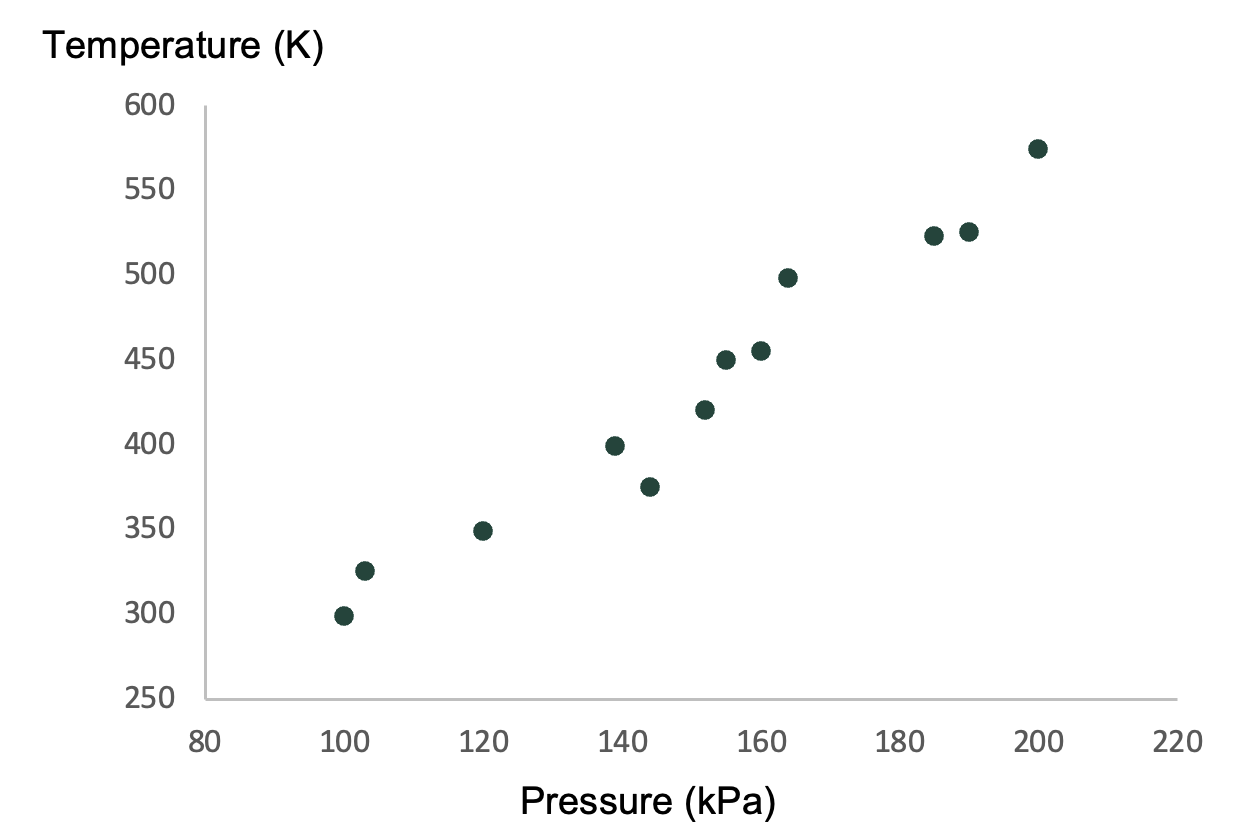Part 7: Assignment Guides
27 Informal Project Report
The informal project report (IPR) is a short assignment that asks for some conclusion about the project in the form of an evidence-based argument. Students will receive a worksheet designed to encourage critical analysis of their work, scientific communication of findings, and the presentation of a coherent arguments supported by evidence and reasoning.
Evidence-Based Arguments
When writing an evidence-based argument, there are three pieces that are required: the claim, the evidence, and the reasoning. Use the guiding questions in each section to help make your argument as complete as possible. Provide all raw data collected in the lab and use them as evidence for analysis and support your claim. Examples are included for each section to help make the description clearer.
Claim: “What Do You Know?”
The claim portion of your argument answers the question, “What do you know?” Depending on the activity, the claim may be given for you, or it could be that you need to make a claim based on your investigation. Claims are almost always declarative statements.
For example, let’s consider wave-particle duality of light (the notion that light can behave both as a particle and as a wave). There are two claims here:
- Claim 1: Light is a wave.
- Claim 2: Light is a particle.
In an evidence-based argument, the claim is the statement you are trying to make based on data. Your evidence and reasoning must support your claim to ensure the clarity of your argument.
Evidence: “How Do You Know That?”
The evidence portion of your argument includes the data, results, and/or observations that relate to your claim. Think about what data you need to convince the reader that your claim is valid. It may also be helpful to think about answering the question, “How do I know that the claim I’ve made is correct?”
As an example, let’s look at just one of the claims above: Light is a wave. The evidence you provide might include the what is observed in a double-slit experiment:
- Evidence: When light shines through two slits, a diffraction pattern is visible.
This statement of evidence is not particularly convincing—and thus the argument is incomplete—without the reasoning that links the claim to the evidence.
Reasoning: “Why/How Does Your Evidence Support Your Claim?”
The reasoning portion of your argument is the most important part. The reasoning describes why/how your evidence supports your claim using the scientific principles that are at work. This is often the largest part of the argument and is where you are able to demonstrate your knowledge of the system you are exploring.
If we continue with our example, the reasoning explains how the wave nature of light is supported by the evidence:
- Reasoning: A diffraction pattern is observed when waves that are propagating from each slit meet “in phase” and “out of phase”. When waves meet “in phase”, constructive interference occurs causing the wave intensity to increase. This is shown by the bright places in the pattern. When waves meet “out of phase”, destructive interference occurs. When this happens, the waves cancel each other out producing dark spaces in the pattern. Because we observe a diffraction pattern when light passes through two slits, light must behave like a wave.
You can see that this explanation is thorough and shows how the observation of a diffraction pattern relates to the claim that light is a wave. It explains why the claim makes sense. The stronger the reasoning is linking your evidence to your claim, the stronger, and more trustworthy, your argument is.
Sample Informal Project Report
Please construct an evidence-centered argument in response to the prompt below.
|
Your boss, who is not a scientist, wants to know at what temperature to store nitrogen gas. Will storing it at higher temperatures or lower temperatures be safest to store (less likely to implode) compressed gases for the company? |
- What is your claim?
It would be safest to store compressed gases at lower temperatures because as the temperature of the gas increases, the pressure also increases. - What is the experimental evidence that supports your claim?
The data (see below) show that as the temperature (in Kelvin) increases, so does the pressure (in kPa), in a roughly linear manner.
This scatter plot was created by Mengqi Zhang, CC BY-NC. - Is your claim supported by established scientific principles (circle one)?
 IF YES, explain how your claim and evidence agree with established theory.
IF YES, explain how your claim and evidence agree with established theory.
IF NO, explain what scientific theory says should have happened and suggest what source(s) of error could have contributed to your unexpected results. - What is the reasoning that connects the evidence to the claim?
The pressure of a gas is the amount of force that a gas exerts on its container. Increasing the temperature of a gas increases the kinetic energy that the gas particles have. With a higher amount of kinetic energy, the gas particles will exert more force when they collide with the sides of the container, and they will also collide with the container more often. This means that particles at higher temperatures will exert more force on the container than particles at lower temperatures.
Informal Project Report Success Guide
A detailed report guideline will be uploaded to D2L, and your lab instructor will evaluate your argumentation along these goals. Your instruction will offer feedback on the strengths of your argument as well as areas to improve. This assignment is worth 60 points.
Here’s a general success guide:
|
Goals for Informal Report |
Strengths & Suggestions to Improve |
|
|---|---|---|
|
Claim |
|
|
|
Evidence |
|
|
|
Reasoning |
|
|
Note: This section was adapted from Erin Duff’s work in Cooper, M. M. et al Cooperative Chemistry for Michigan State University, 2019.

